- All posts
- Energy Efficiency
- Facility Management
- Handicap Accessible
- Heated Mats
- industrial
- Insurance
- Landscaping
- Liability
- Press Release
- Property Maintenance
- Shoveling
- Slip and Fall
- snow and ice management
- Snow and Ice Removal
- Snow Melting
- Snow melting mats
- Snow Removal
- Snow Removal Contractor
- winter prep
- Winter Safety
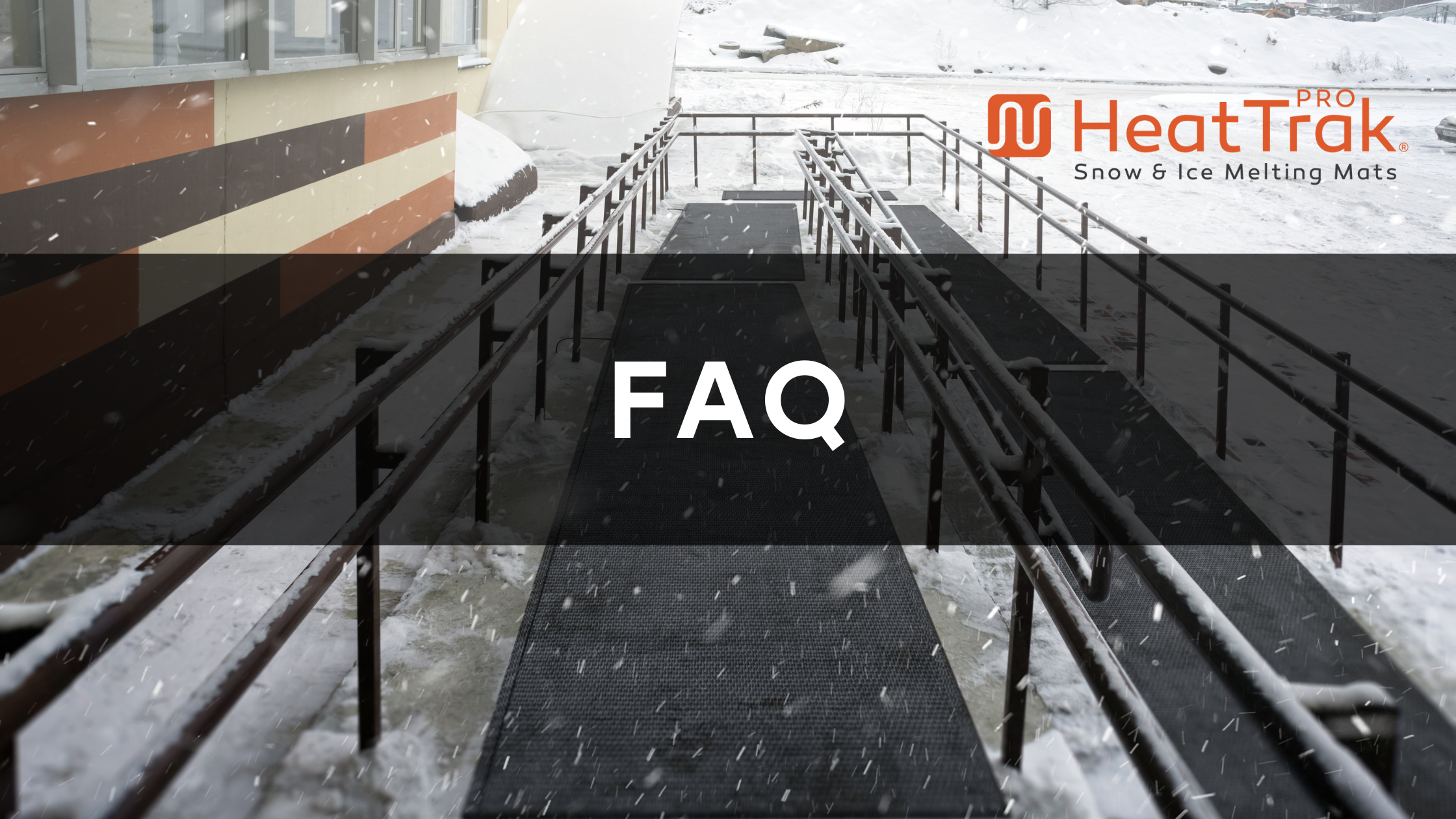
Your Most Asked Questions About HeatTrak PRO, Answered: Part 1
In this blog post series, we break down your common questions about HeatTrak PRO, our commercial snow melting solutions.
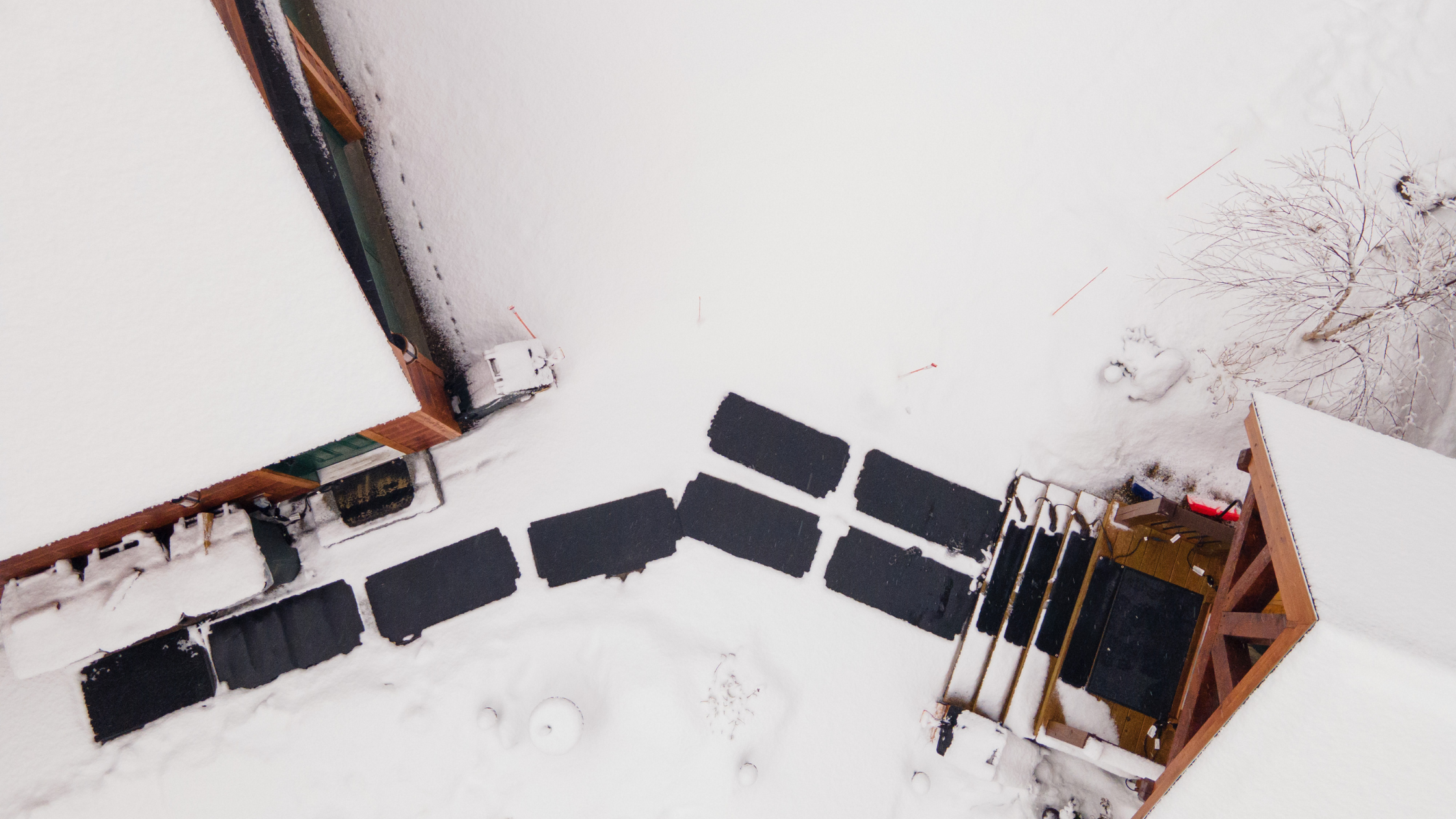
Are Snow Melting Mats Useful for Commercial Spaces?
As the cold months approach, businesses are on the lookout for efficient snow and ice management solutions. Snow melting mats are gaining traction, but are they a good fit for commercial spaces? Di...
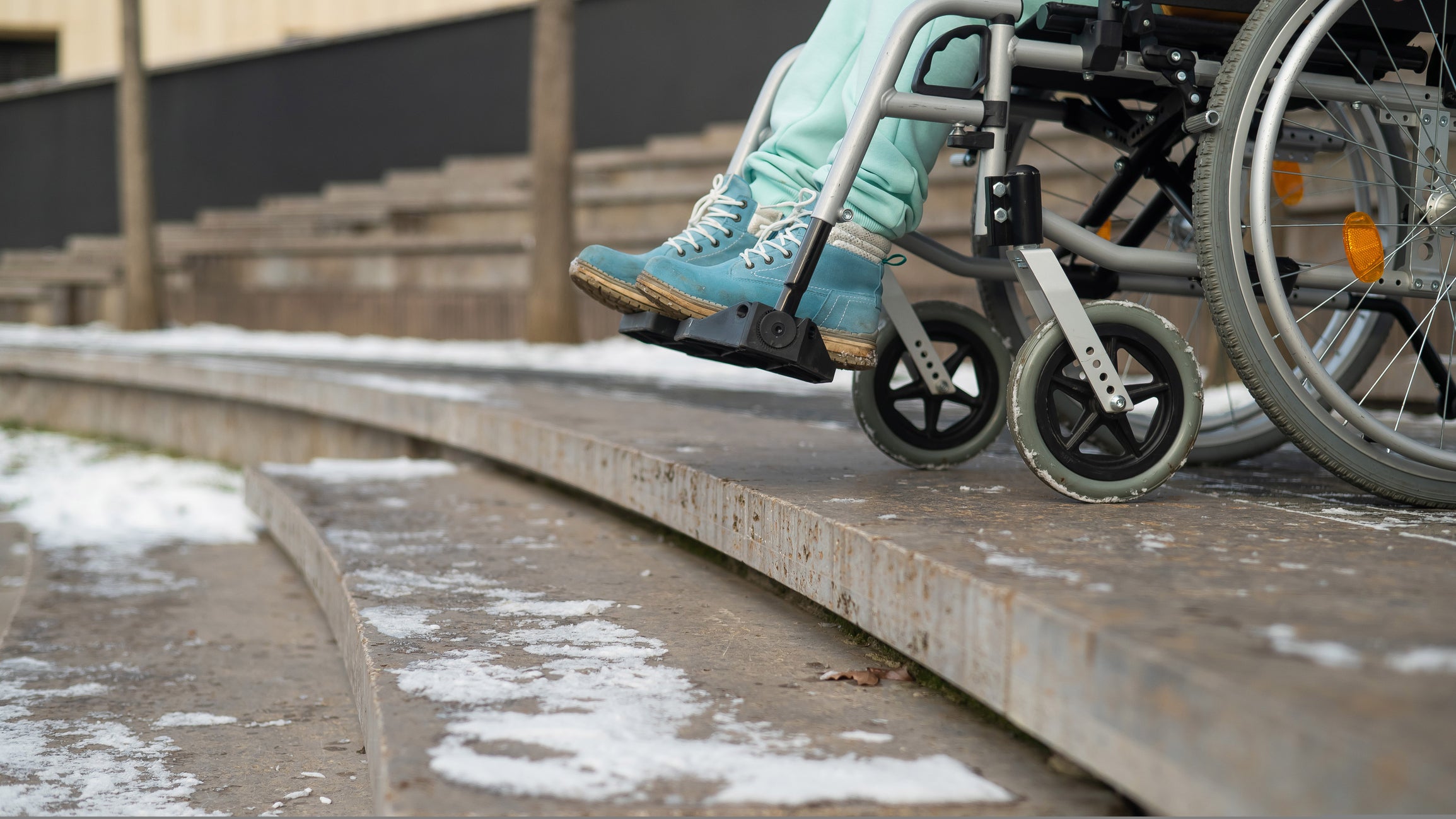
How to Make Your Facility More Accessible During Winter
Winter’s harsh weather can pose challenges to facility access. But with a few clever strategies, you can keep the path clear and safe for all visitors. Dive in to find out how!
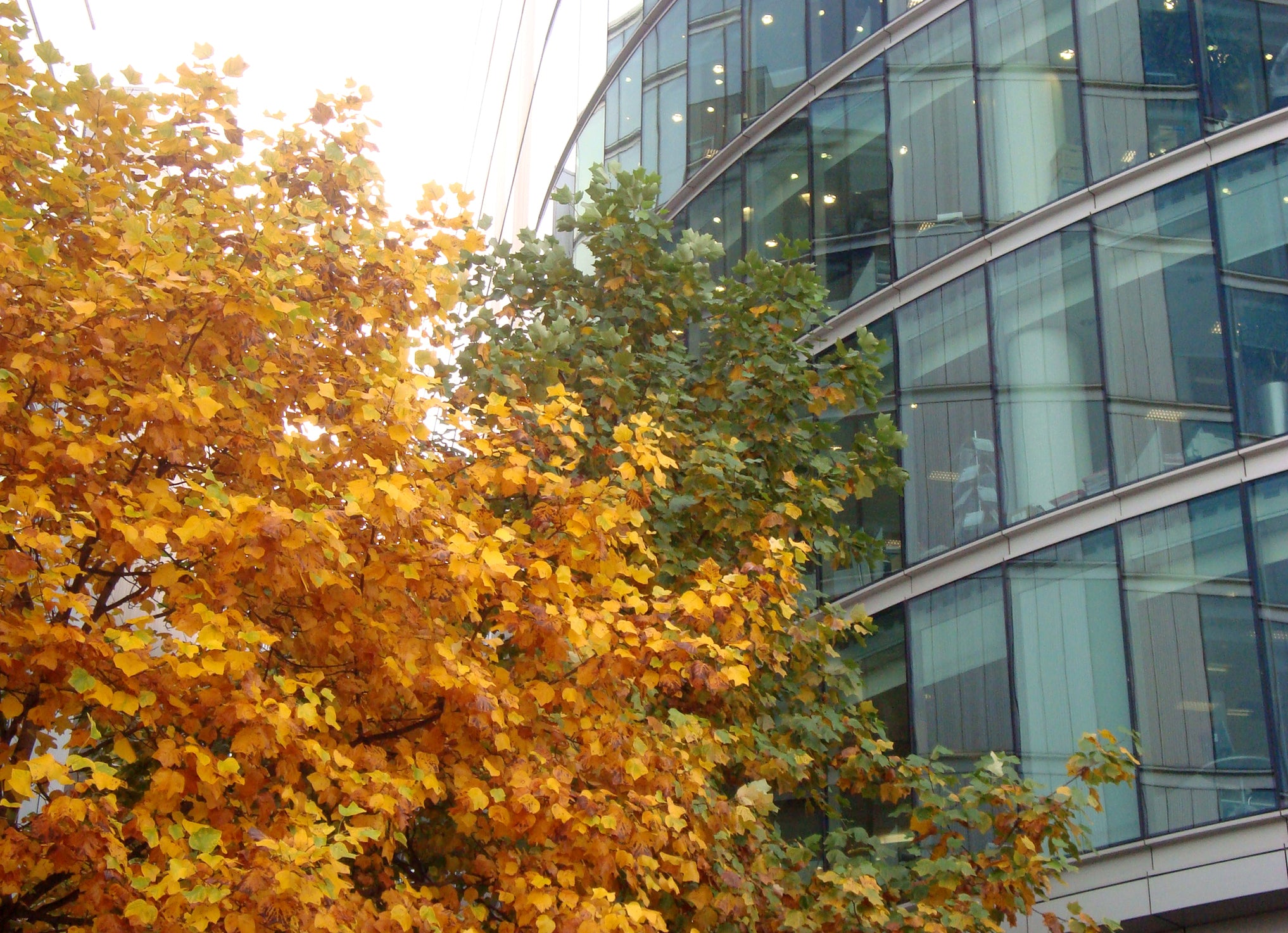
How To Winterproof Your Facility In the Fall
As fall paints the trees with vibrant colors, it’s a stark reminder: winter is on its way. Getting ahead means prepping your facility now to tackle winter's challenges. Dive in to uncover the essen...
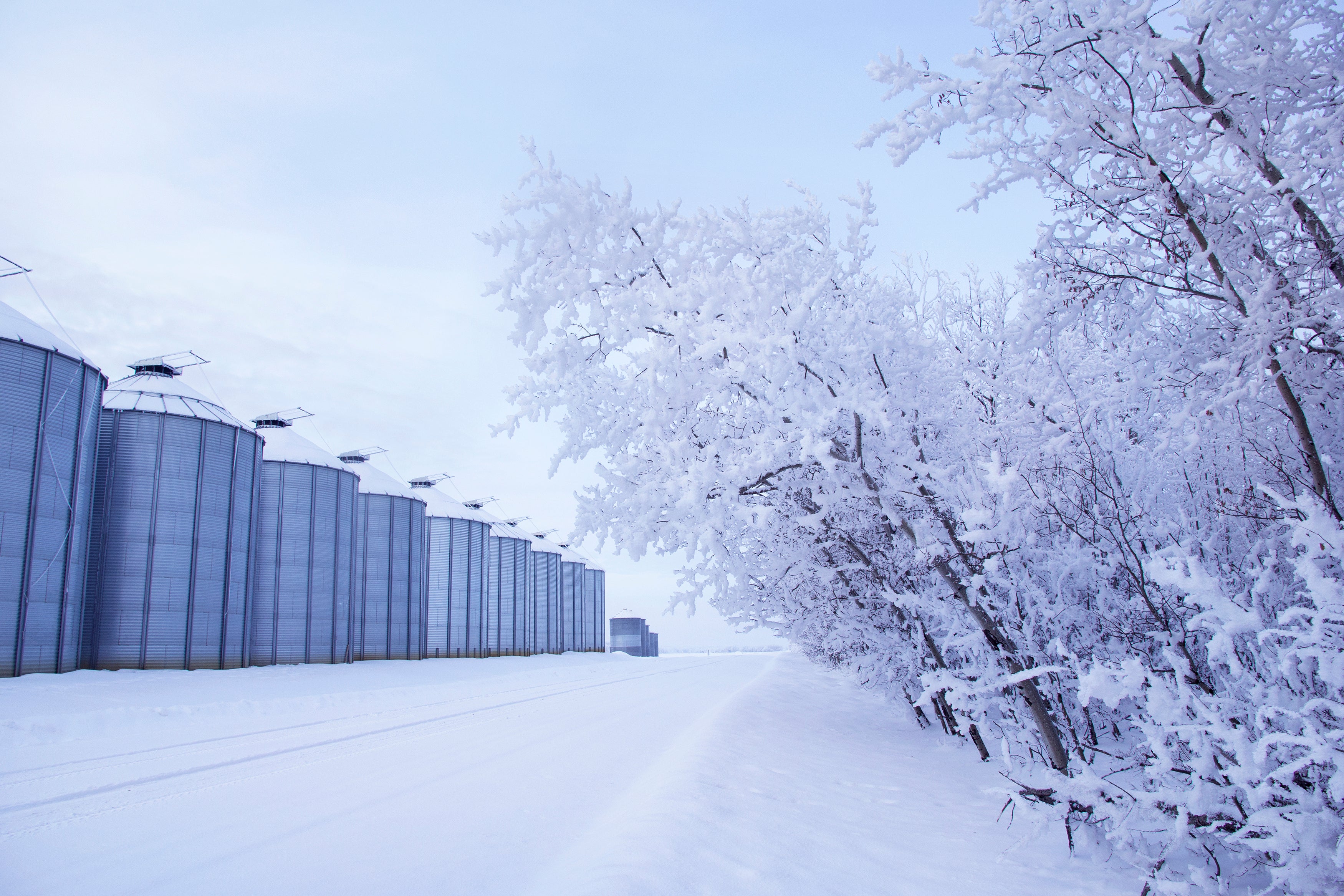
How to Prepare Your Facility for a Winter Storm Warning
When a winter storm warning hits, will your facility be ready? Discover the essential steps to prepare and safeguard your infrastructure against harsh winter storms.
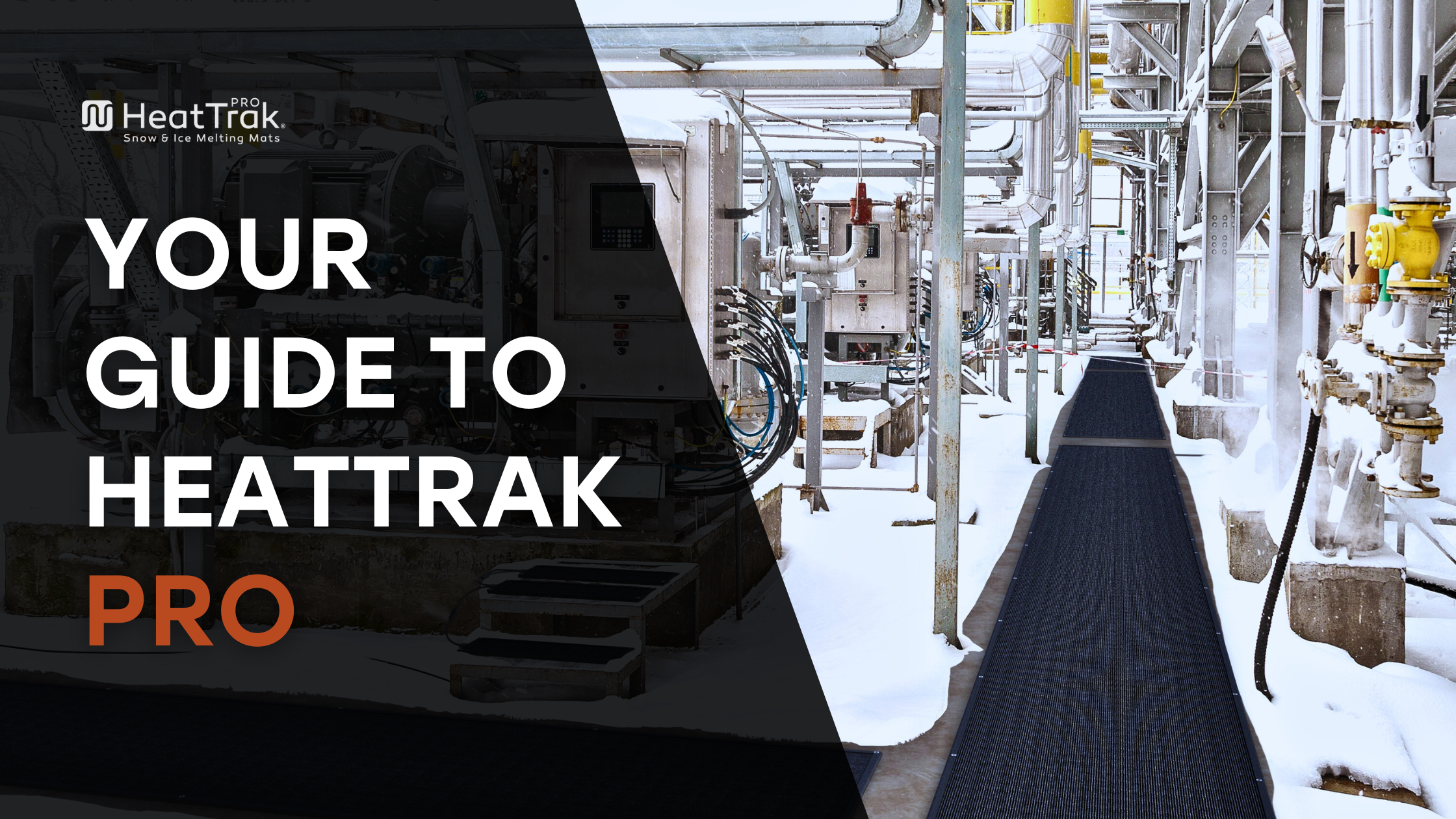
Everything You Need to Know About HeatTrak PRO: How Does This Industrial Snow Melting System Work?
HeatTrak PRO: Industrial-grade snow melting system. Learn its capabilities & benefits. Contact a PRO for a tailored quote today!

When winter arrives, businesses and property owners face the challenge of keeping their premises ice-free and safe. While products like calcium chloride and magnesium chloride ice melts are popular...
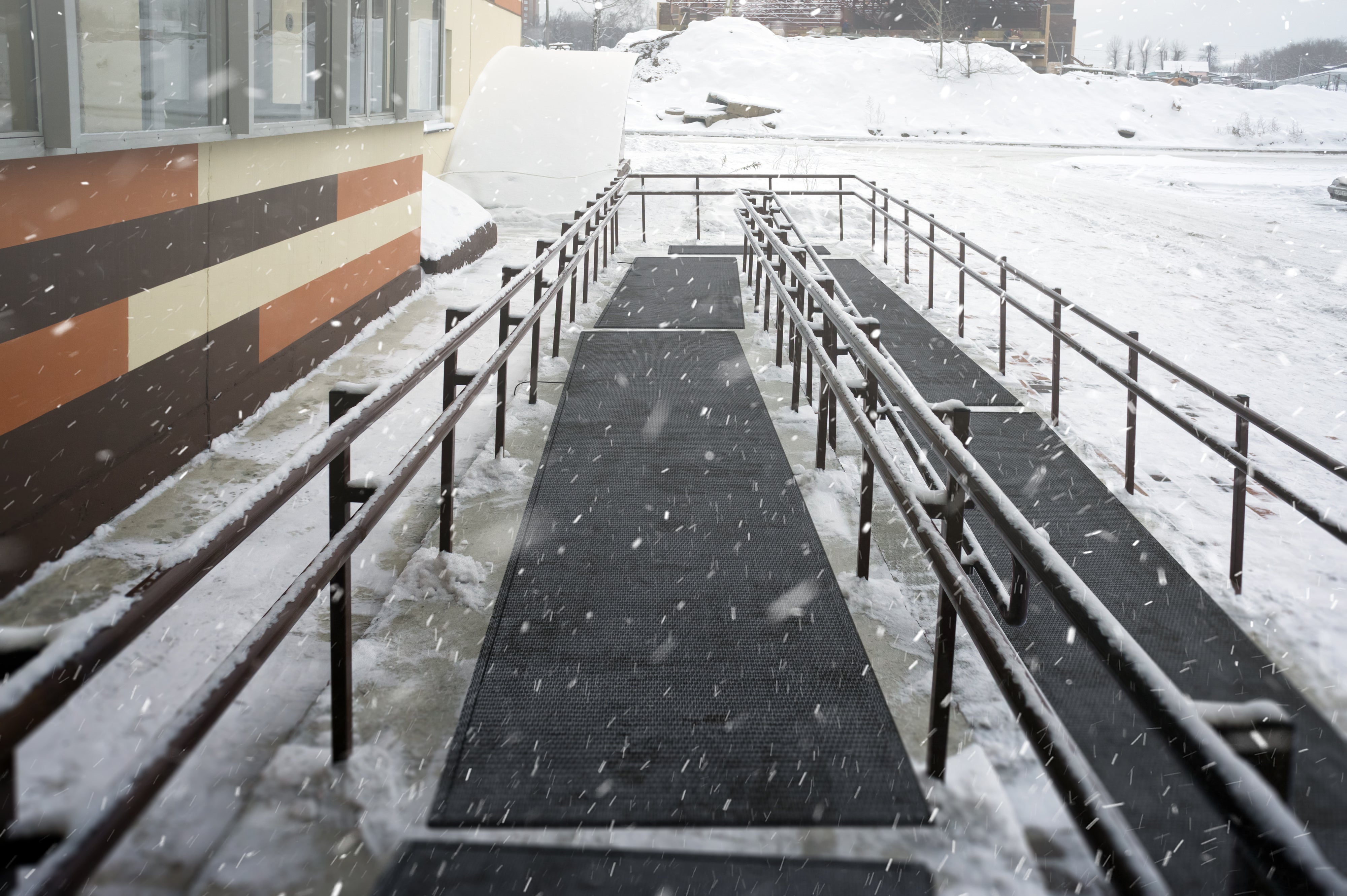
Industrial Snow Mats: The Ultimate Solution for Keeping Commercial Spaces Safe and Accessible
In the heart of winter, when snow and ice can quickly accumulate, safety and accessibility are top priorities for commercial spaces. With temperatures plummeting and walkways becoming slippery, how...
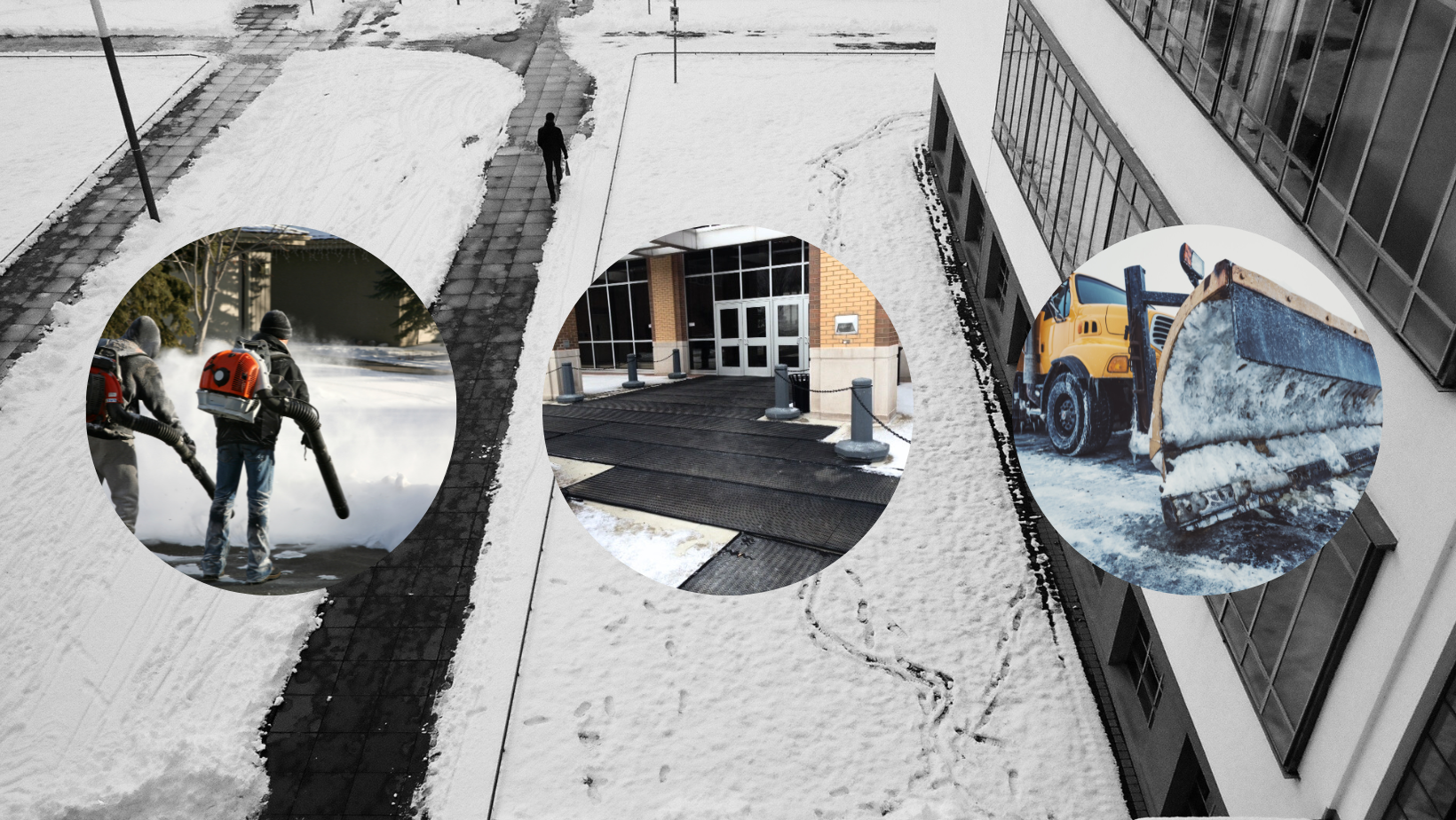
Explore innovative snow removal equipment and discover how HeatTrak PRO is redefining commercial winter maintenance.
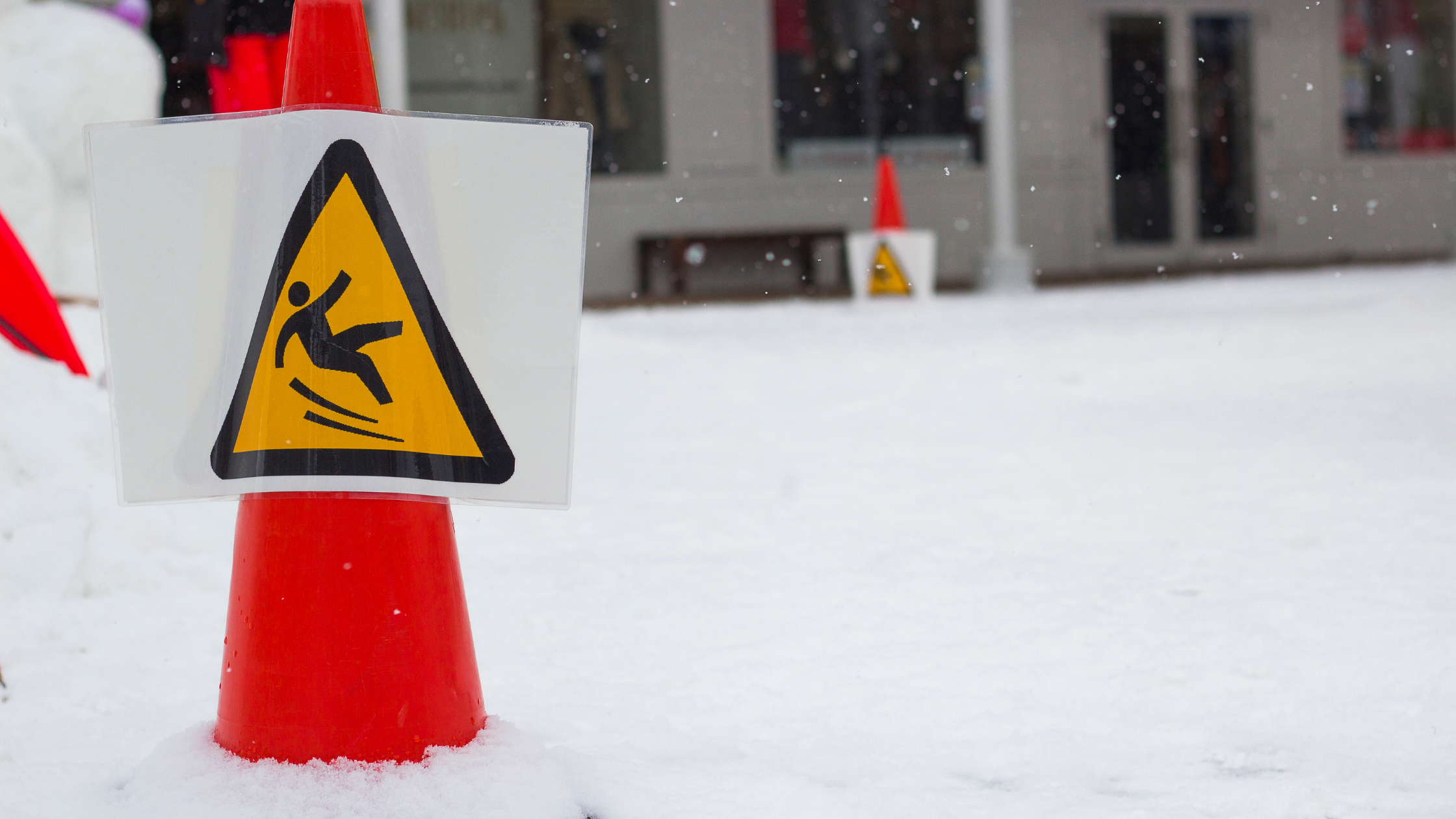
The Serious Impact of Slips and Falls in the Workplace: Addressing a Costly and Dangerous Issue
Take a look to see how HeatTrak PRO can help protect your employees and save on costs. Our latest blog post explores the compelling data behind these accidents and highlights the importance of prev...

Maximizing Labor Savings for the Snow Season: How HeatTrak PRO Can Help
Discover how HeatTrak Pro, an industrial-grade snow and ice melting mat, enhances safety and unlocks significant labor savings by automating snow removal for businesses.

Are HeatTrak Snow & Melting Mats the sustainable alternative to salt for snow and ice melt? Let's dive in and find out!

Beat the Heat: Why Midsummer Is the Perfect Time to Budget for Your Snow and Ice Removal Needs
Start planning for winter with HeatTrak PRO. Secure your snow/ice removal budget today for a safer business season.
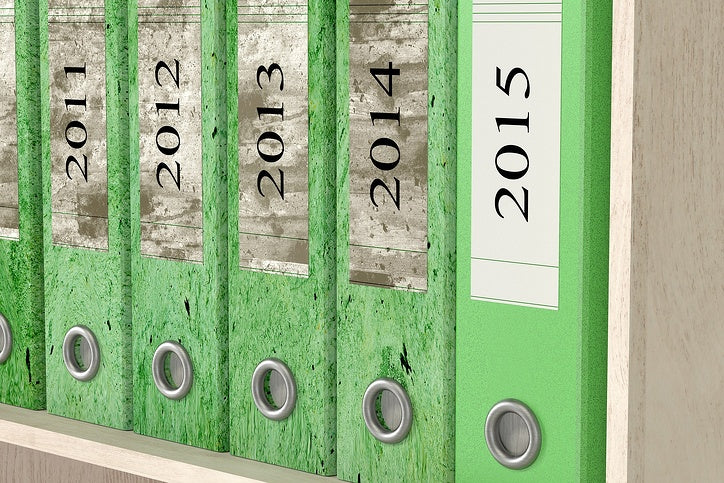
Winter Paperwork: Snow Removal Contracts, Recordkeeping, & Insurance
Hiring a snow removal contractor is an expensive undertaking and there are several variables you must consider to ensure that your surfaces are plowed properly and safely. Prior to choosing a snow ...
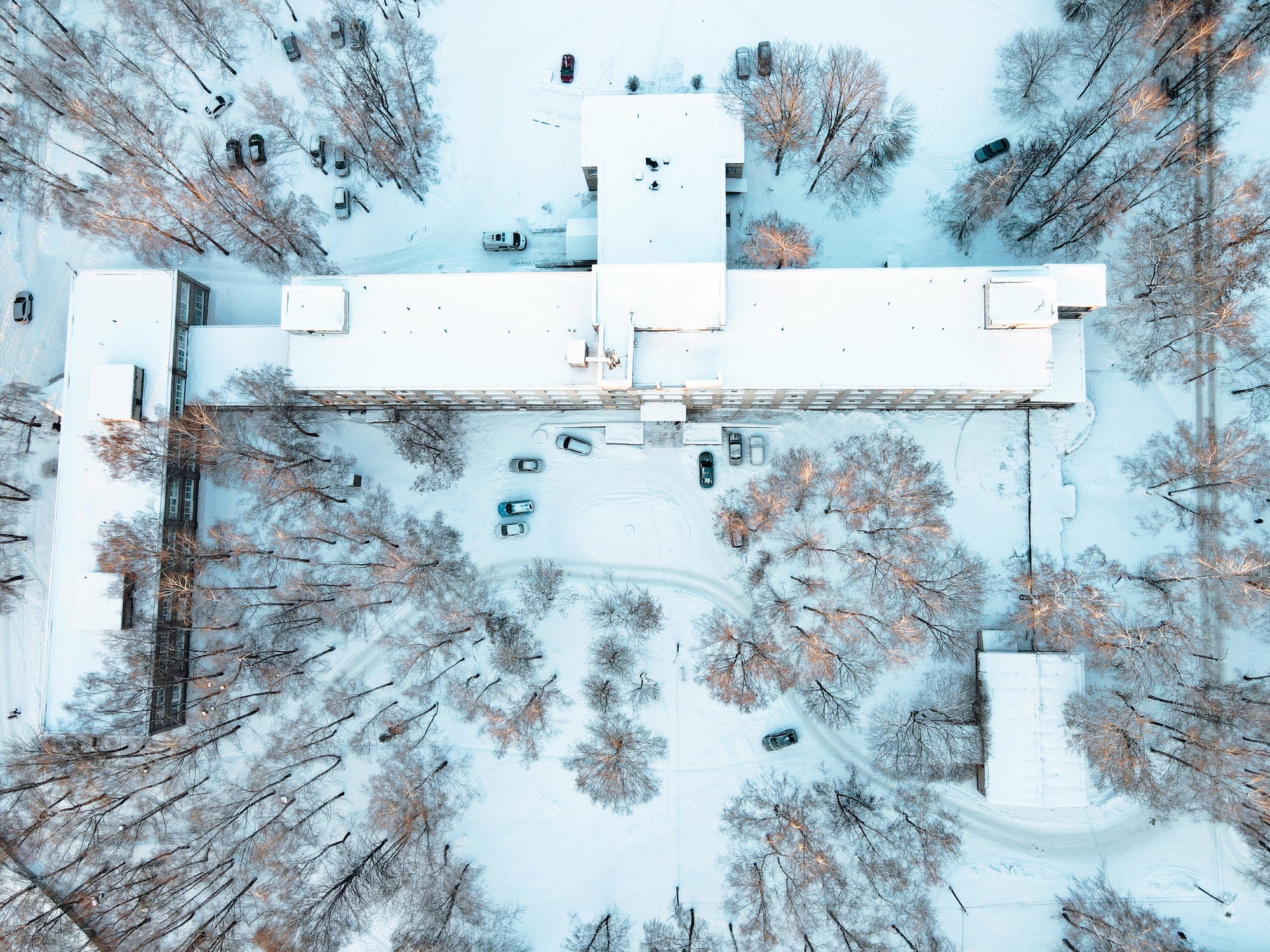
Is Your Facility Ready for Winter?
As snow begins to pile up, so can costs and liabilities when businesses aren’t optimally prepared. Luckily, proper planning doesn’t mean allocating even more time and resources. HeatTrak®, an indus...